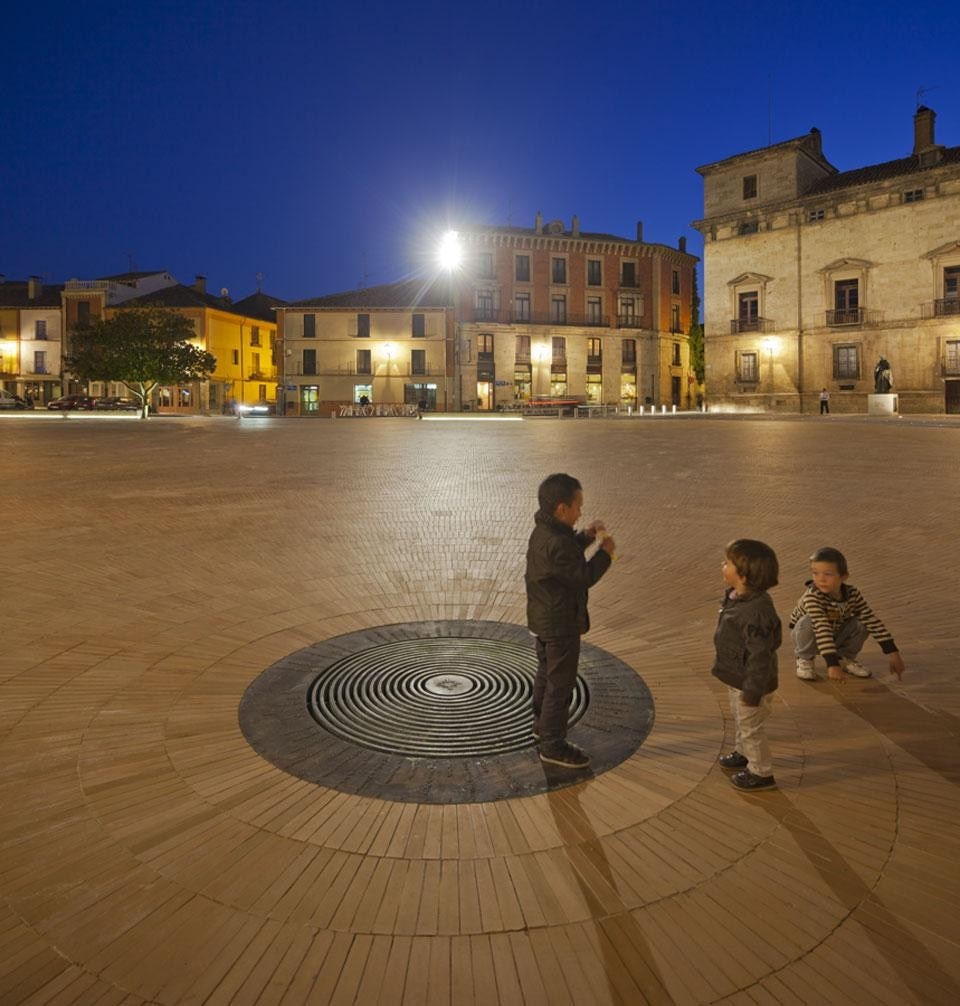The winning projects are Sol 89's (María González García and Juanjo López de la Cruz) Catering School in a Former Abattoir, in Medina-Sidonia, Cadiz in the Architecture category, and Ramón Fernández-Alonso's (Ramón Fernández and Alonso Borrajo) Teacher Training College in Granada in the Interior Design category. Both projects were selected by a jury composed of Juan Navarro Baldeweg, Francisco Aires Mateus, Luis Martínez Santa-María, Joseph Grima, Anatxu Zabalbeascoa, Matali Crasset, and Ramón Monfort. The two winning projects are symbolic, after so many years of big projects and starchitecture developments in Spain. Both are examples that architecture can respond to the context and current needs of the country, and that the practice is flexible enough to produce quality buildings without wasting resources and spending unnecessary money.
The Catering School in a Former Abattoir is located in Medina-Sidonia, a city and municipality in the province of Cádiz, considered by some to be the oldest city in Europe. In this context, surrounded by dense buildings from the early 19th century abattoir — with thick walls, courtyards, and stone —, Sol89's school becomes an exercise on how to adapt new ideas and materials into a context filled with local memories, and how to create dialogue with the existing historical buildings of a small city — with a population of approximately 12,000 inhabitants. The renovation's concept is always linked to a poetic overview of "memory" and the relationship between the past, present and future.
1.jpg.foto.rmedium.jpg)
1.jpg.foto.rmedium.jpg)
The two winning projects are symbolic, after so many years of big projects and starchitecture developments in Spain
1.jpg.foto.rmedium.jpg)
1.jpg.foto.rmedium.jpg)
1.jpg.foto.rmedium.jpg)



3.jpg.foto.rmedium.jpg)